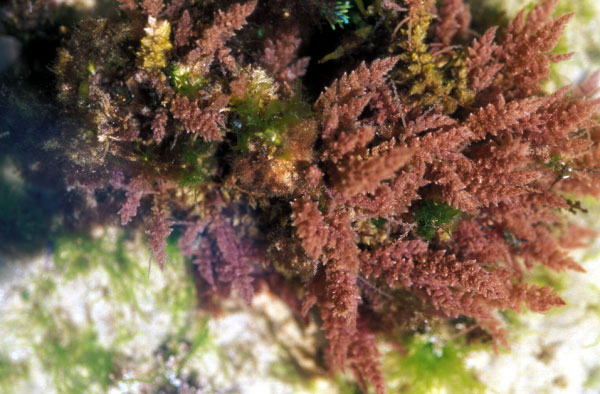Biofiltration efficiency and biochemical composition of three seaweed species cultivated in a fish-seaweed integrated culture
We evaluated the potential of three seaweed species (Ulva pertusa, Saccharina japonica, Gracilariopsis chorda) as biofilters for effluents from black rockfish (Sebastes schlegeli) tanks. The experiments consisted of a fish monoculture system and a fish-seaweed integrated system under identical physical conditions. All species efficiently removed NH 4 + , NO 3 – + NO 2 – , and PO 4 3– from the fish tank effluents. Of the three species evaluated, U. pertusa showed the highest biofil-tering efficiency for NH 4 + (>80%). In contrast to U. pertusa and G. chorda, S. japonica showed a relatively higher prefer-ence for NO 3 – + NO 2 – than for NH 4 + . These results suggest that seaweeds may select nitrogen sources fitting their storage capacity. Therefore, standard fish farm effluents should establish a total nitrogen concentration that includes both NO 3 – and NH 4 + , and the selection of a biofilter seaweed species should be made with consideration of the N forms expelled in effluent. The biofiltering efficiency for PO 4 3– was highest in G. chorda (38.1%) and lowest in S. japonica (20.2%). In all species, tissue N and P contents rapidly increased over the initial values. The data for tissue N and P contents, and C : N and N : P ratios, indicate that neither N nor P was limiting. This suggests that the three species serve as biofilters by stor-ing large amounts of nutrients. These results provide valuable information for selecting optimal seaweed species in fish-seaweed integrated systems and allow land-based integrated aquaculture system operators to understand the behavior of integrated cultures sufficiently for the results herein to be extrapolated to larger-scale cultures.



